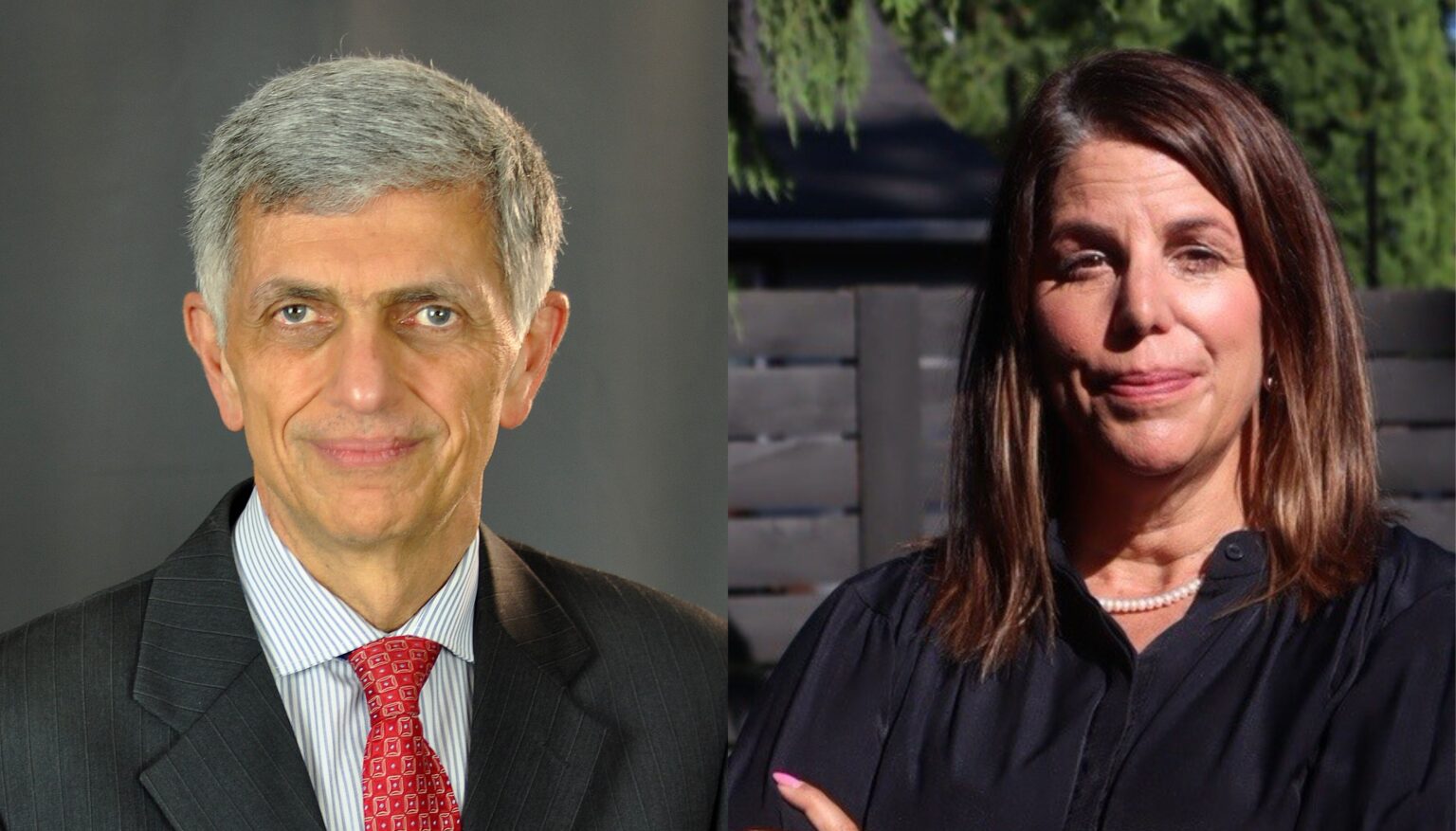U.S. Department of Education reinstates income-driven student loan repayment plans
Published 6:17 pm Wednesday, March 26, 2025

- Graduates with diplomas. (123rf)
One month after officials at the U.S. Department of Education abruptly stopped accepting new applications for income-driven student loan repayment plans; they’ve changed course.
As of Wednesday, the agency’s student aid website once again allows federal student loan borrowers to submit online applications for income-driven loan repayment and loan consolidation. Such applications are needed to participate in several loan repayment and forgiveness plans that millions of Americans have used to manage repayment for nearly two decades.
Department officials said in a news release that they stopped accepting and processing applications for a month so that they could ”substantially” revise the income-driven loan repayment application. They say the application needed changes following a temporary pause on one repayment plan — the Saving on a Valuable Education, or SAVE plan — that has been on hold since Republican attorneys general sued in 2024.
Trending
Oregon’s Democratic U.S. Sen. Ron Wyden and Vermont’s independent U.S. Sen. Bernie Sanders attributed the U.S. Department of Education’s reinstatement of the repayment plans to pressure from student borrowers from Oregon and around the country and to a public letter they issued to department director Linda McMahon in early March.
In that letter, the senators demanded to know why the agency abruptly pulled applications for income-driven loan repayment and loan consolidation from its site, “without warning, without Congressional notification, and without clear guidance for borrowers on what they should do next or expect in the future.”
Wyden in an email called the agency’s change in course an “uncommon victory for common sense.”
“This big win does not end the struggle for justice, and I’ll keep watchdogging the Trump administration to ensure it follows through with this commitment we battled to secure,” he said.
Plans that were affected by the stoppage include the Pay As You Earn, or PAYE, program and the Income-Contingent and Income-Based repayment plans. Each of these plans limits monthly repayments to a specific percentage of a borrower’s discretionary income, and each sets out a term of repayment that ends with loan forgiveness after 20 to 25 years of regular repayment.
It also impacted the Public Service Loan Forgiveness program, available to borrowers who work for government or nonprofit organizations and do public service work. Eligibility for the program, which forgives loans remaining after the borrower has made 120 qualifying payments, starts by applying for income-driven loan repayment and loan consolidation.
Trending
More than 12 million student loan borrowers rely on all of these plans, according to U.S. Department of Education data, and more than 1 million borrowers had applied for income-driven repayment plans that were still processing as of the Feb. 24 application take down, according to Wyden spokesperson Hank Stern.
The SAVE plan, at issue in litigation brought by Republican attorneys general and frozen since June 2024, made it easier for low-income borrowers to meet monthly repayment terms, requiring they pay nothing if their annual income is $30,000 or less. It also limited the amount of interest that could be collected on loans and forgave loans after 10 to 20 years based on their size. The Republican attorneys general ordered this was beyond the authority of the education agency.
The first income-driven repayment programs were passed by Congress in 2007 and signed by former U.S. President George W. Bush, a Republican.






